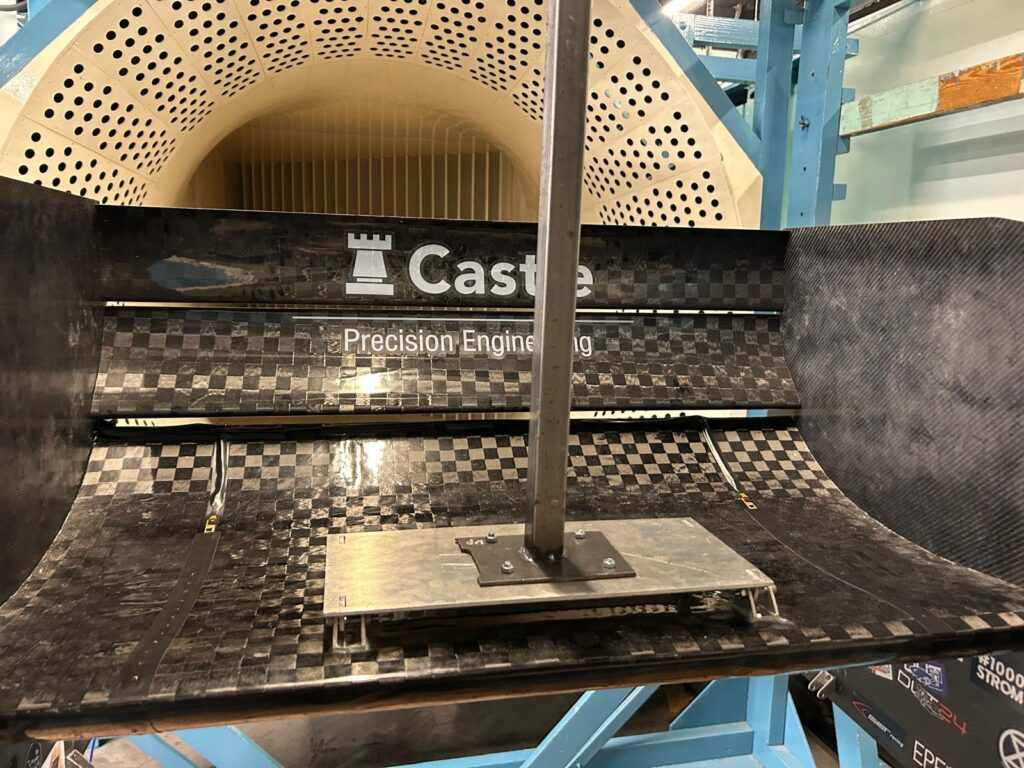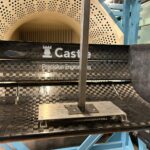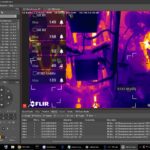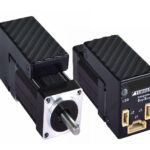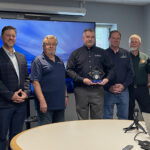AeroStrip solution unlocks real-world aerodynamics testing for Formula Student teams
To help motorsport teams overcome the challenges of traditional aerodynamics testing methods, pressure sensor specialist PPS has launched the AeroStrip pressure sensor – a low-profile, non-invasive pressure sensing strip designed for fast, accurate aerodynamic testing in real-world conditions. The product was successfully trialled in collaboration with the University of Strathclyde Motorsport (USM) team, giving student engineers a new level of insight into vehicle optimisation.
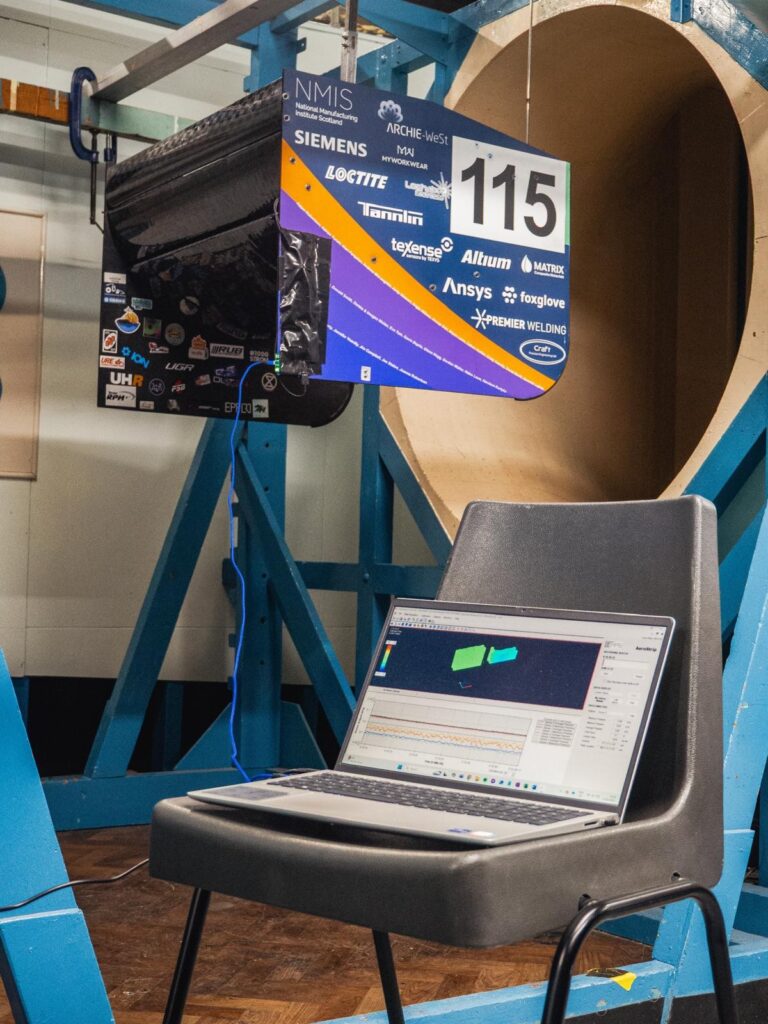
AeroStrip is a rapidly deployable and non-destructive pressure sensing solution for surface airflow testing in motorsport and aerospace applications. It enables racing teams to capture high-resolution pressure data directly from real-world test environments – something that was previously difficult, time-consuming, or cost-prohibitive.
Traditionally, aerodynamic testing has been inaccessible to the majority of motorsport teams due to the high costs and manpower required for methods like computational fluid dynamics (CFD) and particle image velocimetry (PIV). Teams outside Formula One – including Formula Student and Formula E – often work within tight development cycles and limited budgets, where vehicle testing must be both time- and cost-efficient.
PPS’ AeroStrip consists of a flexible strip of high-density capacitive pressure sensors that can be mounted directly onto vehicle surfaces, such as rear wings or bodywork, to gather precise, real-time pressure data. It comes in two variations, the 20 mm pitch sensors are used to capture general airflow trends, while 8 mm pitch sensors provide higher-definition profiles to resolve peaks and troughs in surface pressure.
“High-end motorsport teams like those in F1 have traditionally relied on CFD and PIV for aerodynamics testing and vehicle design optimisation, but these techniques are extremely expensive and time-consuming, and often out of reach for smaller or student teams,” explained Max Stancliffe, engineer at PPS. “We developed the AeroStrip to help teams to access usable, accurate aerodynamics data in a matter of hours, no matter their size and budget.”
Formula Student team, Team USM was involved in trialling the AeroStrip and has benefitted from being able to access aerodynamic performance data for the first time.
Christopher Campion, head of aerodynamics at USM commented, “I’m very excited to have the opportunity to work with PPS’s AeroStrip technology in the coming year to continue to improve our CFD simulation models. It allows us to use real-world data to help better translate our simulations into track performance.”
AeroStrip will be in action as Team USM take to the Silverstone racetrack on July 12 and 13, offering a live demonstration of the system’s real-world value. Look out for real-time updates across both teams’ LinkedIn pages. To find out more about PPS’ work in aerodynamics applications, visit its website.

